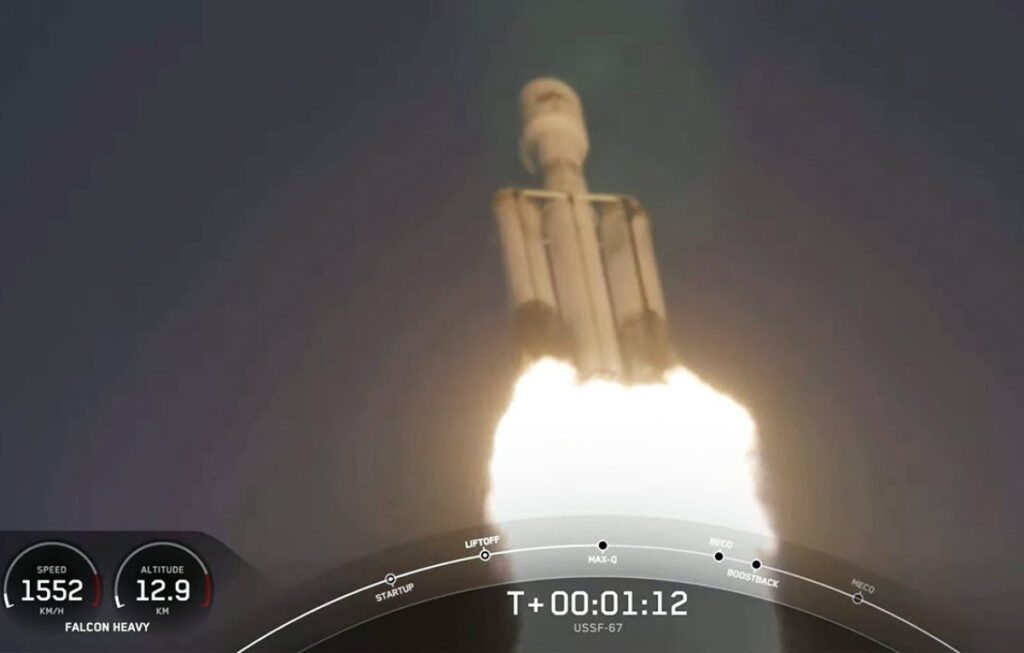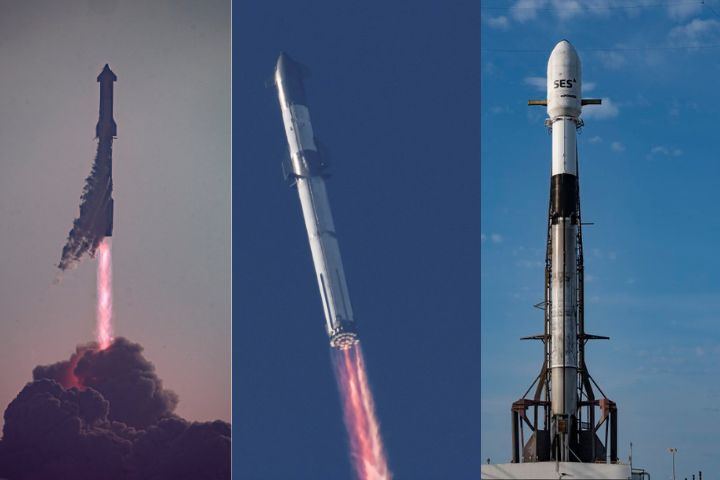
John Mather, who worked tirelessly for many years to bring the James Webb Space Telescope to reality, discusses probable future breakthroughs in astronomy.
In its first six months of operation, the James Webb Space Telescope, which needed the efforts of over 20,000 engineers and hundreds of scientists, has already produced outstanding findings.
During a lecture at the American Astronomical Society meeting in Seattle, John Mather, a Nobel-winning astronomer and important role in the telescope’s development, recently highlighted potential future projects for the engineers and scientists engaged in the project.
He has been active in the field since the early days of the James Webb Space Telescope’s construction. Mather was also engaged in the creation of the Hubble Space Telescope and was part of the team that worked to make the James Webb Space Telescope a reality, which needed decades of hard effort, ingenuity, and imagination on the part of many scientists and engineers.
In his speech at the American Astronomical Society meeting, he emphasized that the next big astronomical goals will require similar dedication and creativity, and he is excited about the new observatories that will come online in the coming months and years, such as the European mission Euclid and NASA’s Nancy Grace Roman Space Telescope, both of which will search for clues in the long-standing mysteries of dark matter and dark energy.
He also mentioned the Vera Rubin Observatory, a massive project currently under construction in Chile that will survey the entire sky looking for small changes known as transients. Astronomers believe the observatory will spot millions of points of interest each night — so many that sifting through them all will be difficult.
He alos discussed the next ambitious project in the field, the Habitable Worlds Observatory, which is the successor to the Hubble and James Webb Space Telescope, and was recommended by the Astro2020 Decadal Survey.
He believes that this project is achievable and could be even easier to complete than the James Webb Space Telescope, which had challenges in meeting budgets and deadlines. He suggests that with the improvement in rocket technology and decrease in cost, it may be possible to assemble the Habitable Worlds Observatory and other next-generation telescopes in space rather than on the ground.
He also mentioned that he is looking forward to the impact of giant telescopes with 98 feet (30 meters) in diameter on the field of astronomy, and even dreams of a future where these ground-based telescopes will work in tandem with space observatories in what he calls “hybrid space-ground” setups.
It’s uncertain where the ambitious projects in astronomy will take us, but history has shown that advancements in technology have led to significant discoveries about the universe, often uncovering previously unknown information.
Mather concluded his speech by pondering what new discoveries will be made with the latest technology, stating that while it’s uncertain, it is expected that we will see a lot more details and much further away than we currently can.
Explore:











